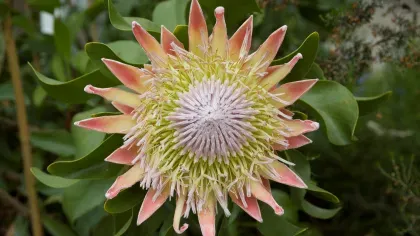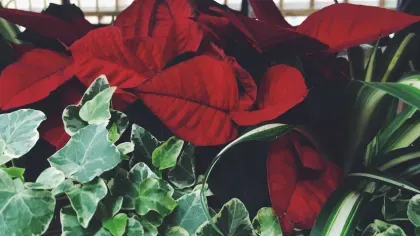20 October 2025
4 min read
Anjula Devi's 5 plants of Diwali
The Indian chef and author is here with an introduction to Diwali, the Festival of Lights.

Anjula Devi is an Indian chef and author of the successful cookbook 15 Minute Indian.
She's known for her powerful blend of connection, empowerment and storytelling through food, and her healthy approach to Indian cuisine.
This autumn at Kew, taste a special menu of Indian dishes created by Anjula to tie in with THE SINGH TWINS and Flora Indica art exhibition in the Shirley Sherwood Gallery - available at the Pavilion Bar and Grill from 11 October to 14 November 2025.
This year, Diwali falls from October 18 to 22. We asked Anjula to tell us her top 5 Diwali plants and how she celebrates the Festival of Lights.
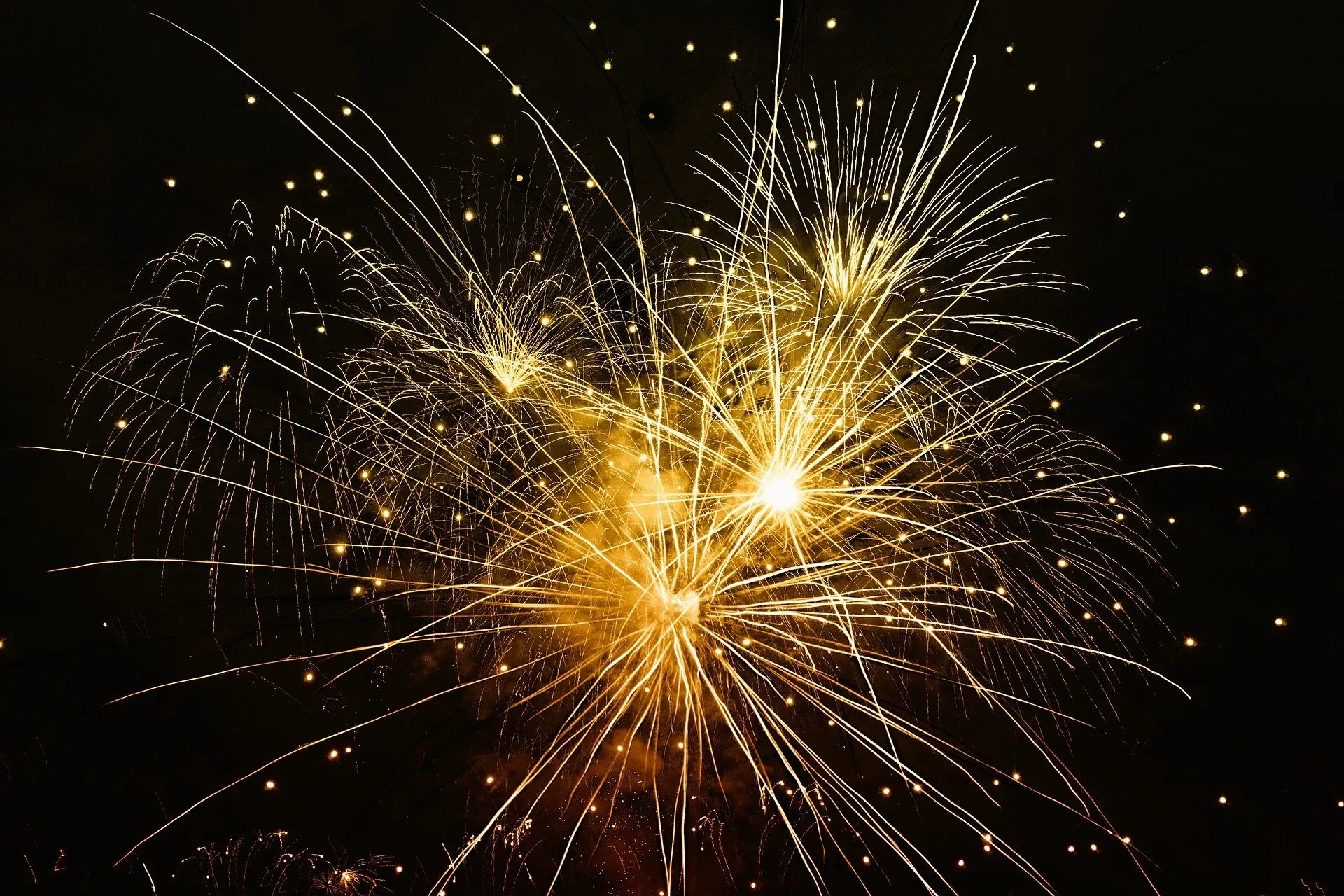
What is Diwali?
"Diwali is the Festival of Lights, a five-day period celebrated by Hindus, Sikhs, Jains, and some Buddhists. It is derived from the Sanskrit word ‘deepvali’, which means ‘row of lights.’
At its heart, it's about the victory of good over evil and light over darkness. People mark new beginnings and homes shine brightly with diyas. Gifts are exchanged and feasts are shared.
Here’s a little more detail on each of those five days."
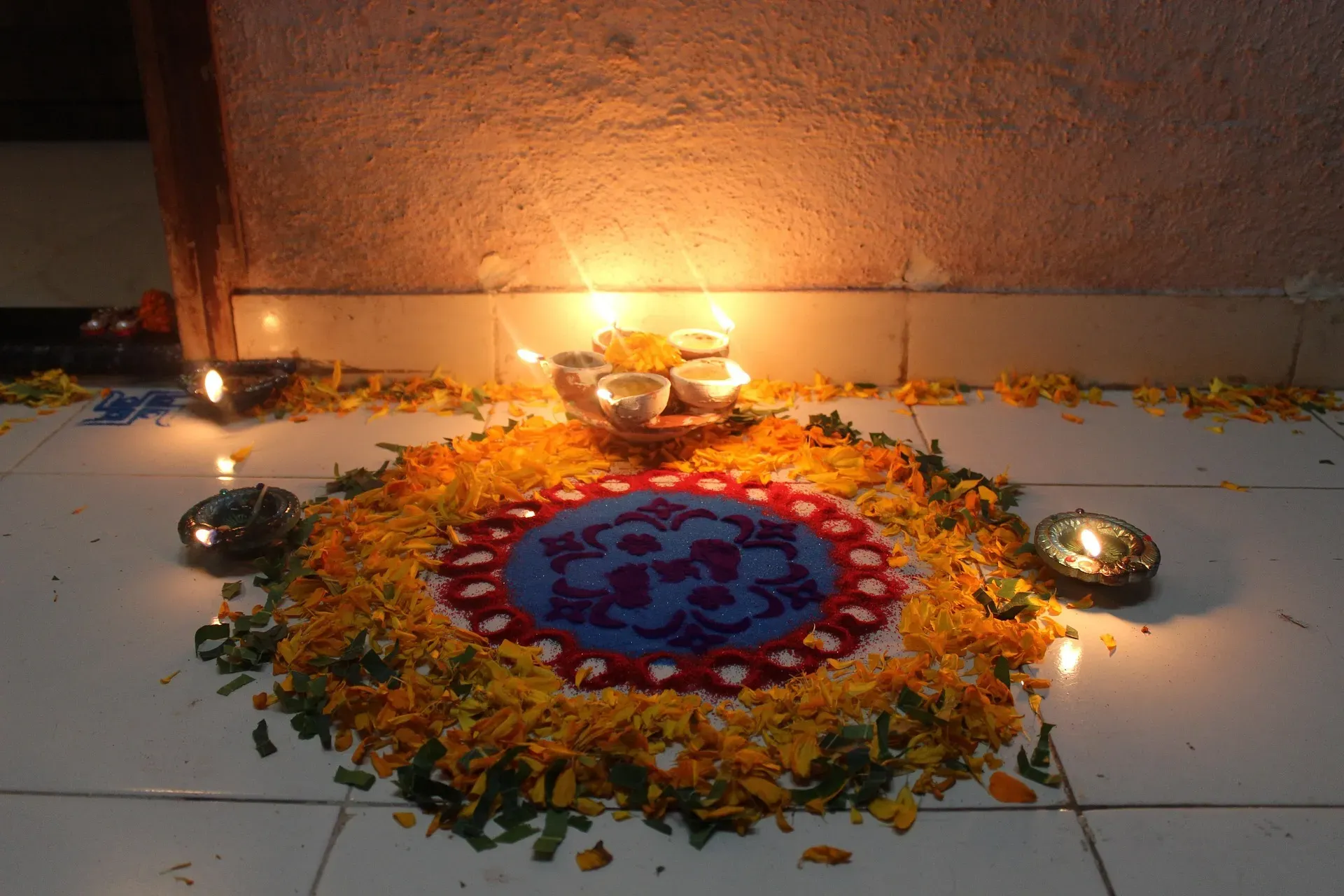
What happens on each day of Diwali?
Day 1: Dhanteras
"A day focusing on new beginnings. I remember going shopping with my mum and dad to buy new clothes and kitchen utensils on this day. Our house would be cleaned from top to bottom to welcome the Goddess Lakshmi. Doorways would be lit with diyas and intricate Rangoli patterns drawn outside our front doorstep."
Day 2: Naraka Chaturdashi
"The most important element of this day is the celebration of Lord Krishna’s victory over the demon Narakasura, freeing us all from fear."
Day 3: Lakshmi Puja
"The third and main day of the festival. Families congregate to pray, share special feasts, and illuminate their homes with diyas. People set off fireworks to enable the Goddess Lakshmi to find her way into their home."
Day 4: Govardhan Puja
"A wide range of vegetarian dishes are offered to the gods to symbolise gratitude. Friends and relatives visit each other, and gifts are exchanged."
Day 5: Bhai Dooj
"The final day casts a special focus on family ties. Traditionally sisters say a special prayer for their brothers' long lives, healthy futures and apply a red mark called a tilak to their foreheads. In response, brothers give gifts to their sisters with promises to look after them."
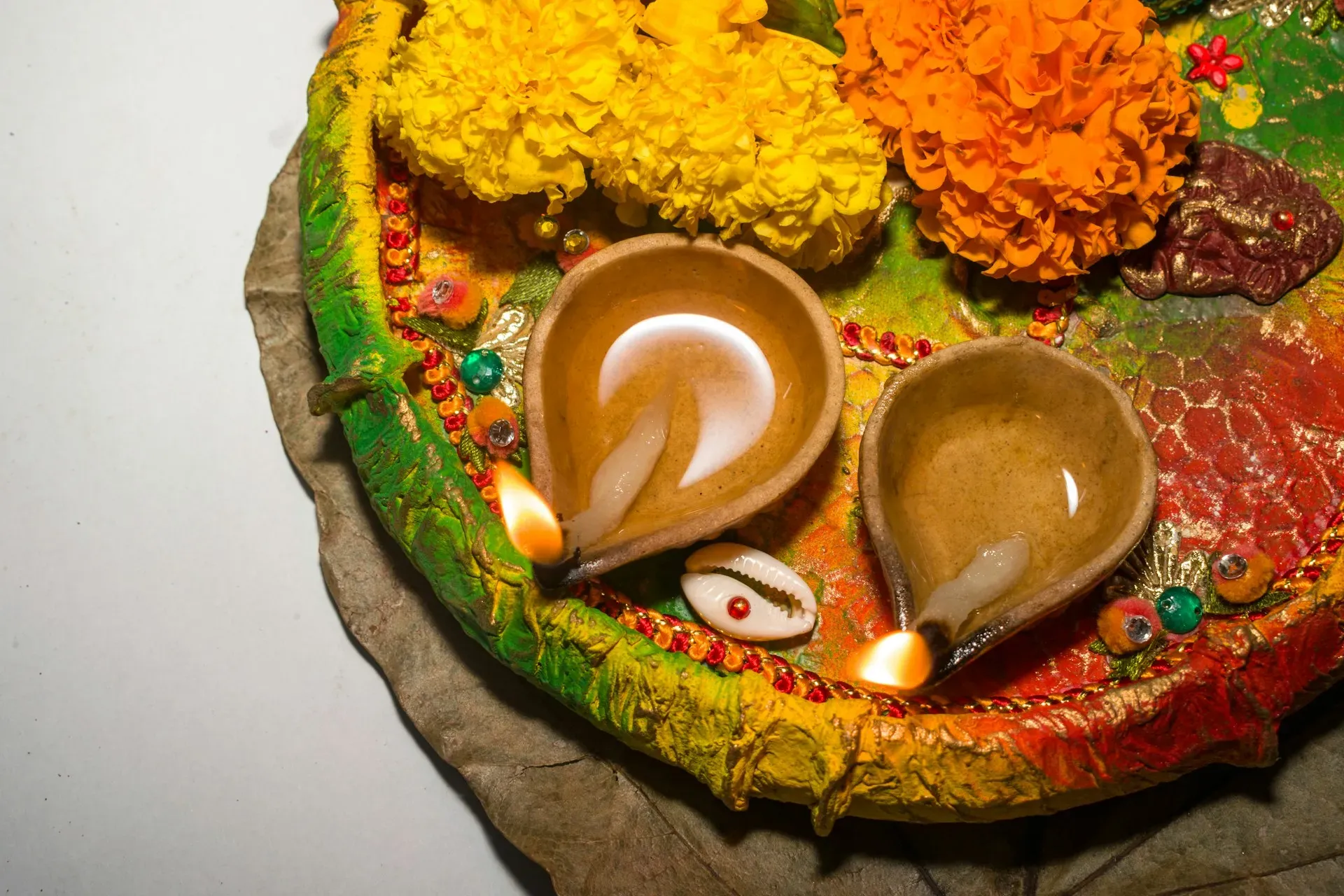
Five plants of Diwali
"A range of amazing flowers play a special role in Diwali. These are some of the most popular."
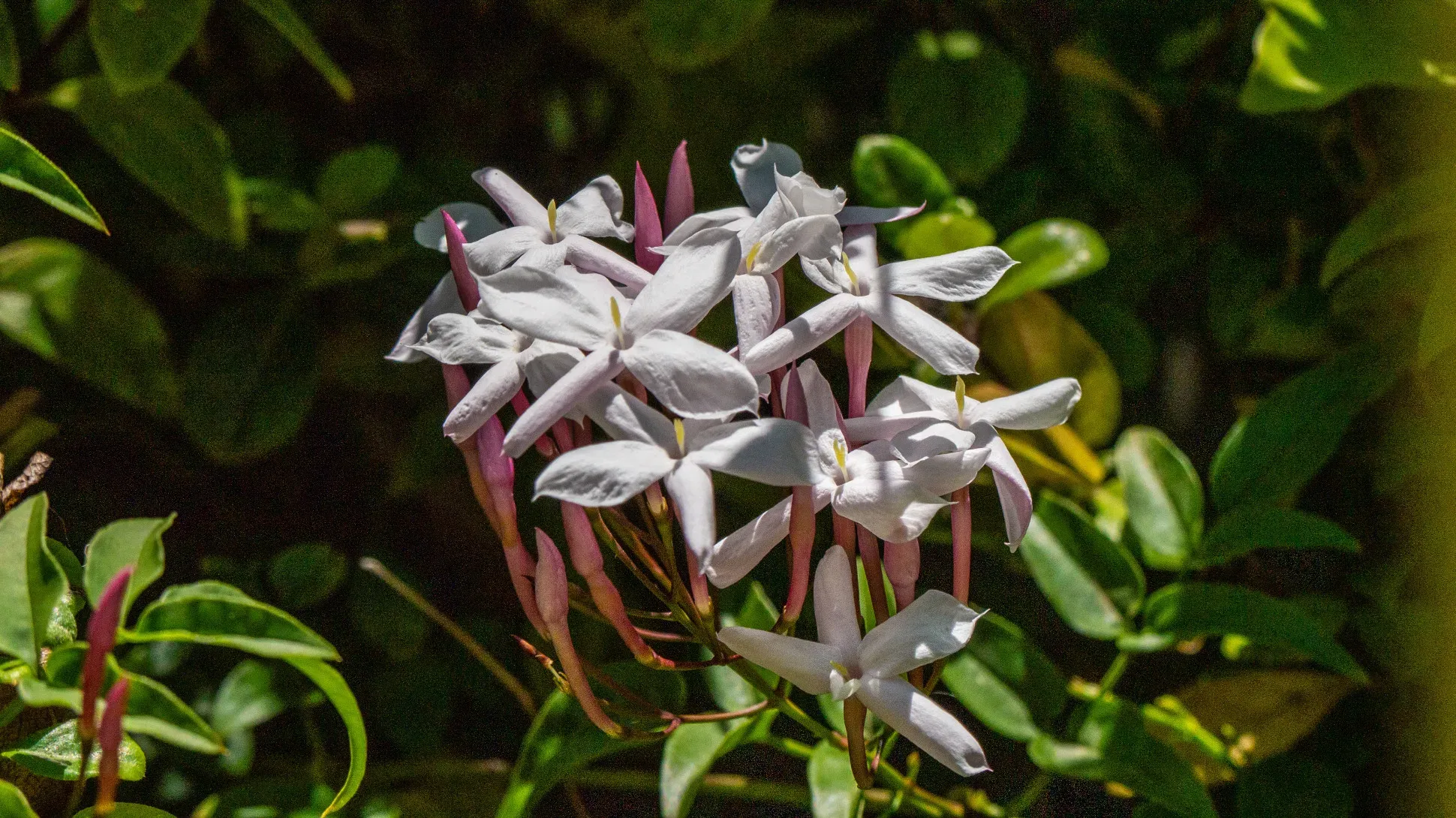
1. Jasmine (Jasminum officinale)
"This fragrant flower is often used for Diwali and in Hindu religious ceremonies."
Kew plant fact
Jasmine has been cultivated for its perfume for at least 2,000 years. You can see and smell it in our Princess of Wales Conservatory.
_0.jpg8fec.webp?itok=pGY7ZAsG)
2. Hibiscus (Hibiscus genus)
"These colourful flowers are symbolic of strength and power."
Kew plant fact
Hibiscus is in the mallow (Malvaceae) family, along with cacao, okra and durian.
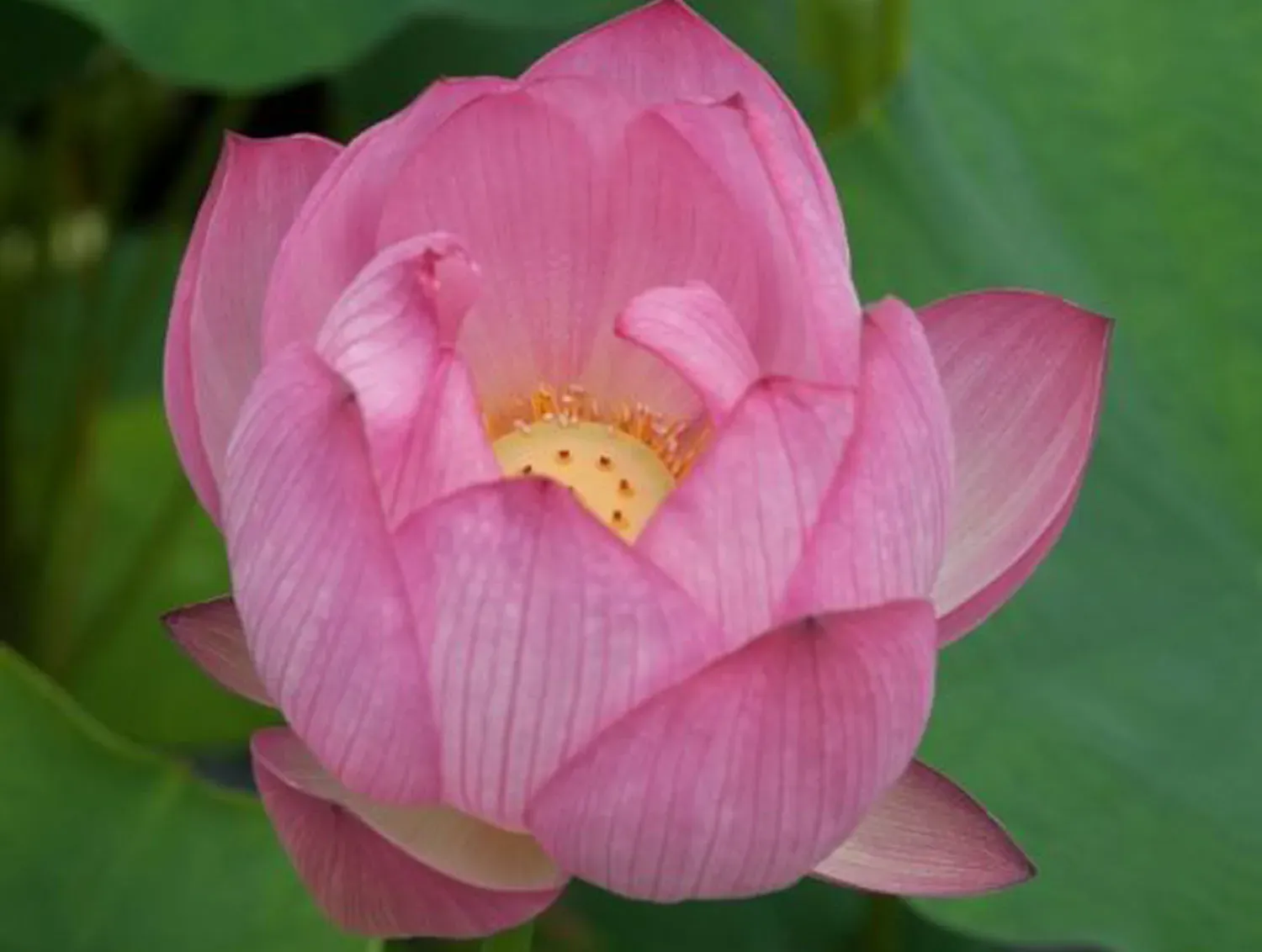
3. Sacred lotus (Nelumbo nucifera)
"Lotuses are often linked to the Goddess Lakshmi and represent purity, prosperity and beauty."
Kew plant fact
The sacred lotus is the national flower of India and Vietnam. Every part of this plant is edible, from its rhizomes to its seeds. You can see them at Kew in the Princess of Wales Conservatory.
.jpg4c33.webp?itok=A0i7WBmL)
4. Marigold (Tagetes genus)
"These flowers are famed for their beautiful colours and distinctive fragrance, and associated with good fortune."
Kew plant fact
Marigolds are originally from the Americas and they're also an important flower in Día de Muertos celebrations.
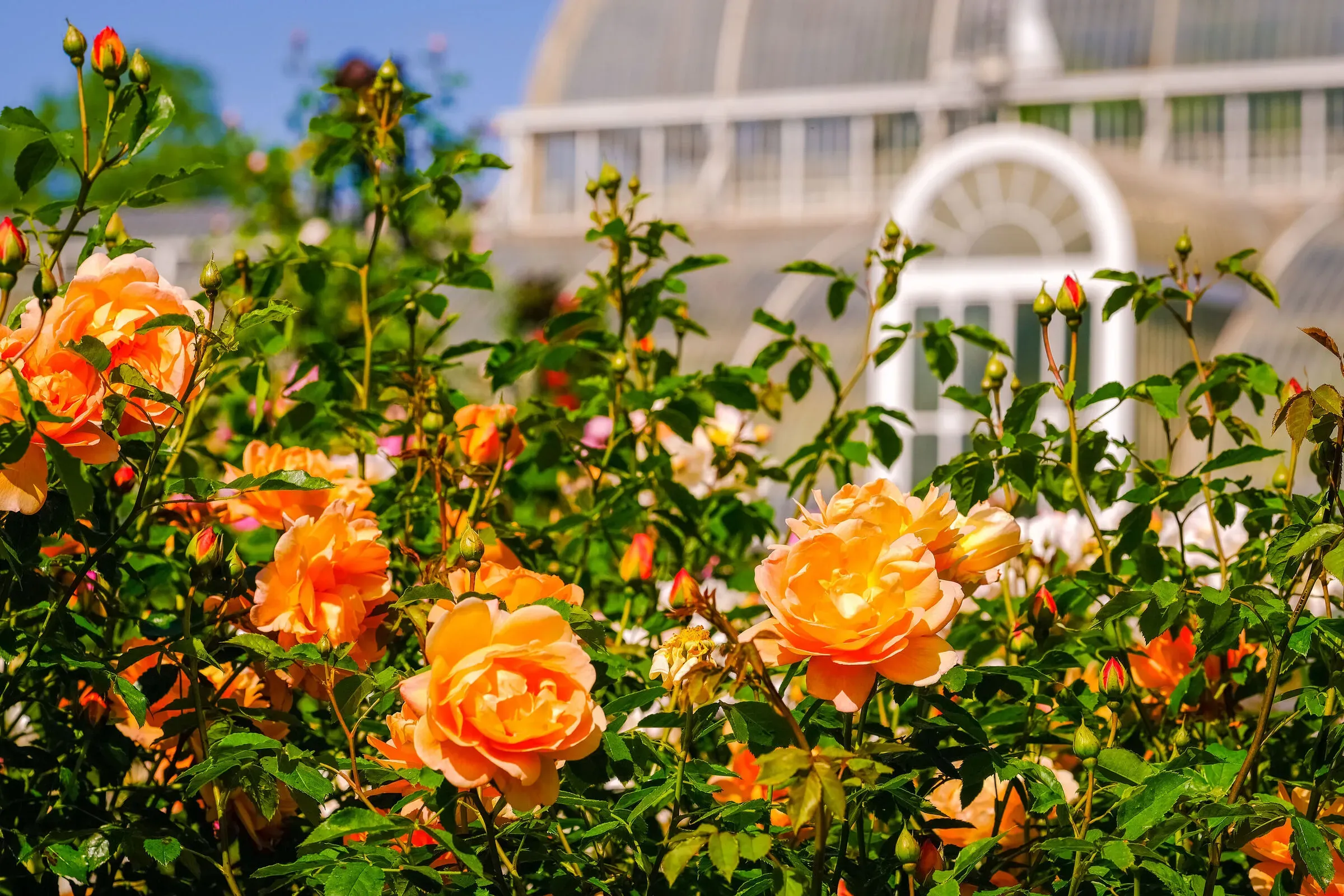
5. Rose (Rosa genus)
"Stunning and aromatic, roses represent new beginnings, happiness and love."
Kew plant fact
Roses have been linked to love since Ancient Greek times, when they were thought to have been created by the goddess of love, Aphrodite. You can see 170 different species and cultivars of rose in our Rose Garden.

Anjula's Diwali memories
"I remember as a child, dad and my brothers lighting the fireworks in our back garden. There was usually an anticlimax about the catherine wheel, often it wouldn’t go off first time and we had to wait ages until it was safe to go back and light it again.
There were eight siblings, and we were all given one sparkler each – everyone wanted to light the last sparkler, so theirs would still be fizzing when the others were extinguished.
I used to love buying the fireworks from Woolworths with mum and dad; they were always locked in a glass display cabinet. It was the one time we were allowed to buy some ‘pick and mix’. Such happy memories!"

